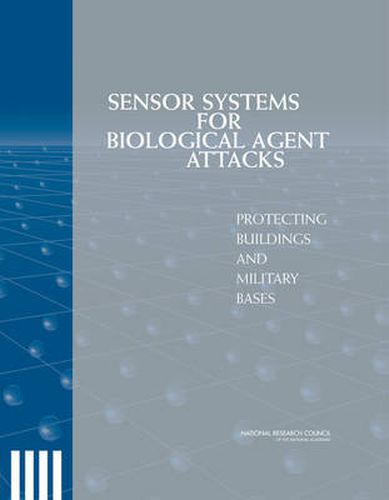Readings Newsletter
Become a Readings Member to make your shopping experience even easier.
Sign in or sign up for free!
You’re not far away from qualifying for FREE standard shipping within Australia
You’ve qualified for FREE standard shipping within Australia
The cart is loading…






Over the last ten years, there has been growing concern about potential biological attacks on the nation’s population and its military facilities. It is now possible to detect such attacks quickly enough to permit treatment of potential victims prior to the onset of symptoms. The capability to ‘detect to warn’, that is, in time to take action to minimize human exposure, however, is still lacking. To help achieve such a capability, the Defense Threat Reduction Agency (DTRA) asked the National Research Council (NRC) to assess the development path for ‘detect to warn’ sensors systems. This report presents the results of this assessment including analysis of scenarios for protecting facilities, sensor requirements, and detection technologies and systems. Findings and recommendations are provided for the most probable path to achieve a detect-to-warn capability and potential technological breakthroughs that could accelerate its attainment.
$9.00 standard shipping within Australia
FREE standard shipping within Australia for orders over $100.00
Express & International shipping calculated at checkout
Over the last ten years, there has been growing concern about potential biological attacks on the nation’s population and its military facilities. It is now possible to detect such attacks quickly enough to permit treatment of potential victims prior to the onset of symptoms. The capability to ‘detect to warn’, that is, in time to take action to minimize human exposure, however, is still lacking. To help achieve such a capability, the Defense Threat Reduction Agency (DTRA) asked the National Research Council (NRC) to assess the development path for ‘detect to warn’ sensors systems. This report presents the results of this assessment including analysis of scenarios for protecting facilities, sensor requirements, and detection technologies and systems. Findings and recommendations are provided for the most probable path to achieve a detect-to-warn capability and potential technological breakthroughs that could accelerate its attainment.